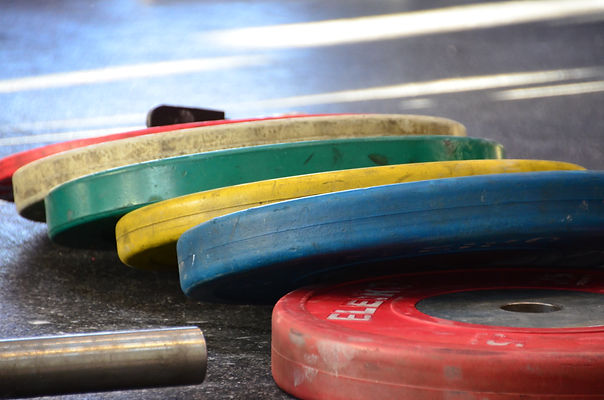There is no shortage of opinions on both Olympic weightlifting when it comes to the development of athletes. Typically coaches fall into camps where they will either be for or against the use of Olympic weightlifting movements for athletes. If you find yourself against the use of Olympic lifting for athletes you may be interested in an article I wrote on alternatives to these lifts HERE. Coaches who are against Olympic lifting typically use jump training in order to train speed with their athletes. Regardless of which side of the fence you agree with both methods have been shown effective in the past for enhancing athletic development. So the question remains which is better?
Well recently a set of researchers aimed to look at this very topic. This study was published ahead of print in the Journal of Strength & Conditioning Research. The Study is titled “Comparing the effectiveness of a short-term vertical jump versus weightlifting program on athletic power development”. The researches of this study aimed to pit these two staples of athletic development against each other in hopes of determining which was superior in enhancing power development.

How Did They Do It?
The researchers selected 26 moderately trained males which were divided into either an Olympic training group, or jump training group. The jump training group performed weighted jumps and depth jumps from 40cm, 3 times per week. The Olympic lifting group performed both the hang snatch and hang clean 3 times per week. The programs each lasted for 6 weeks which equated to 18 total sessions. Before and after the training period participants performed a battery of performance tests including: Counter Movement Jump, Squat Jump, 45cm Depth Jump, 20m Sprint, and a 5-0-5 change of direction test.
So What Happened?
Each group improved significantly in the testing battery post training. The interesting thing is that there was no statistically significant difference between groups. Although it was not statistically significant, the weightlifting group showed a larger percentage increase in peak power during the CMJ and SJ. The findings of this study further cement that both jump training and Olympic weightlifting training offer a great tool for increasing physical performance of athletes. It also illuminates that neither of these modalities are necessarily better than the other. These results are especially interesting for coaches who do not feel comfortable with, have the facilities, or time to teach the Olympic lifts. In my experience a mixed method approach that employs both jump training, and Olympic weightlifting has worked great for athletes that I have worked with.
Articles:
Teo, SY. et al. (2016) Comparing the effectiveness of a short-term vertical jump versus weightlifting program on athletic power development, Journal of Strength and Conditioning Research, Ahead of print.


Comments